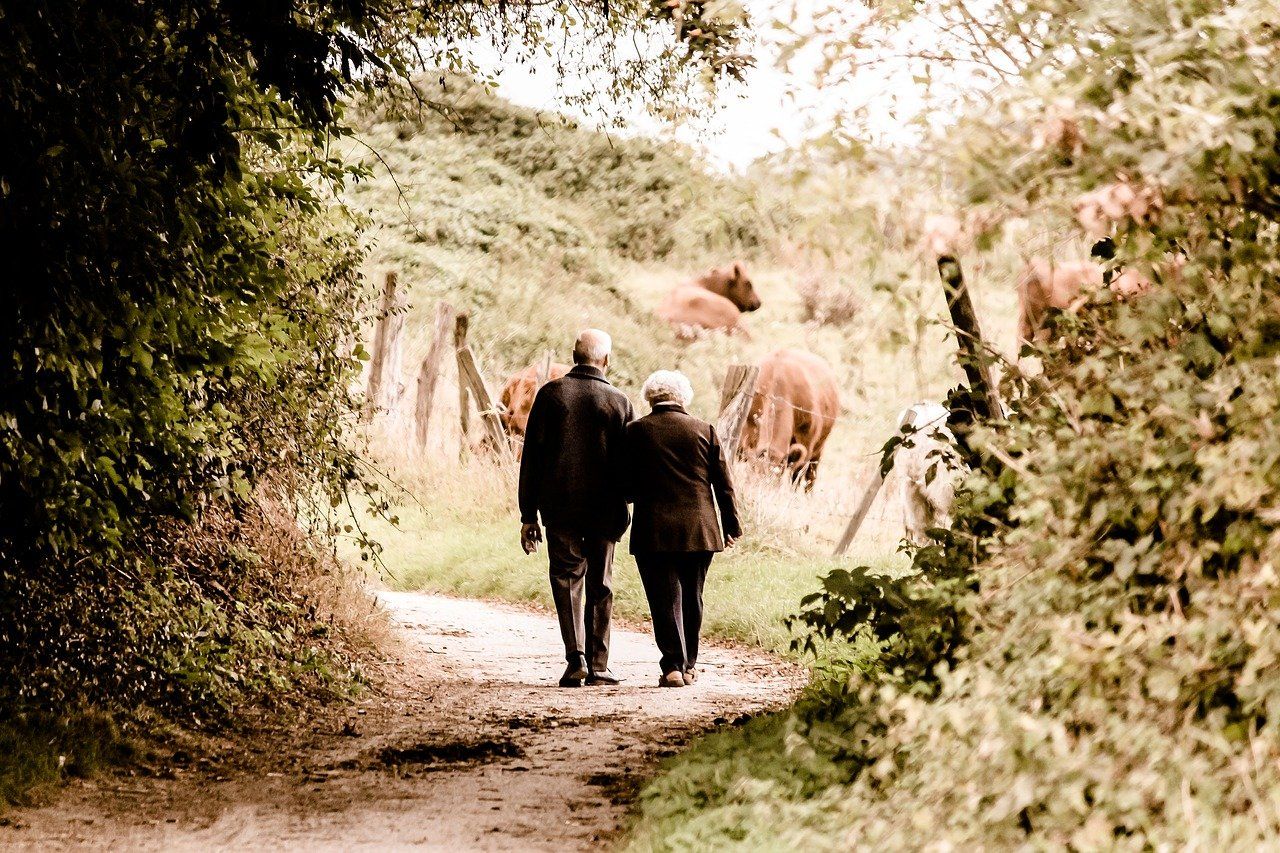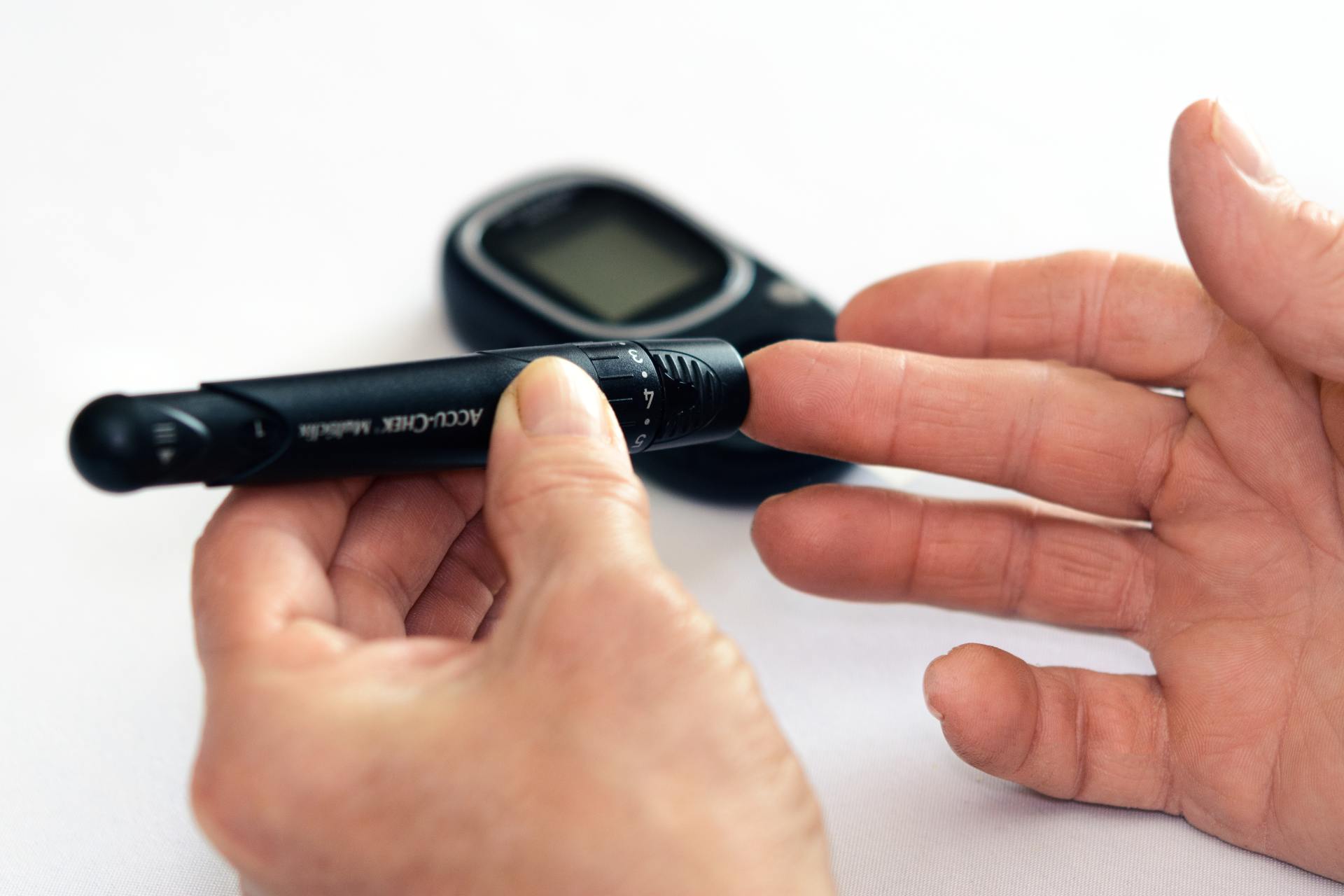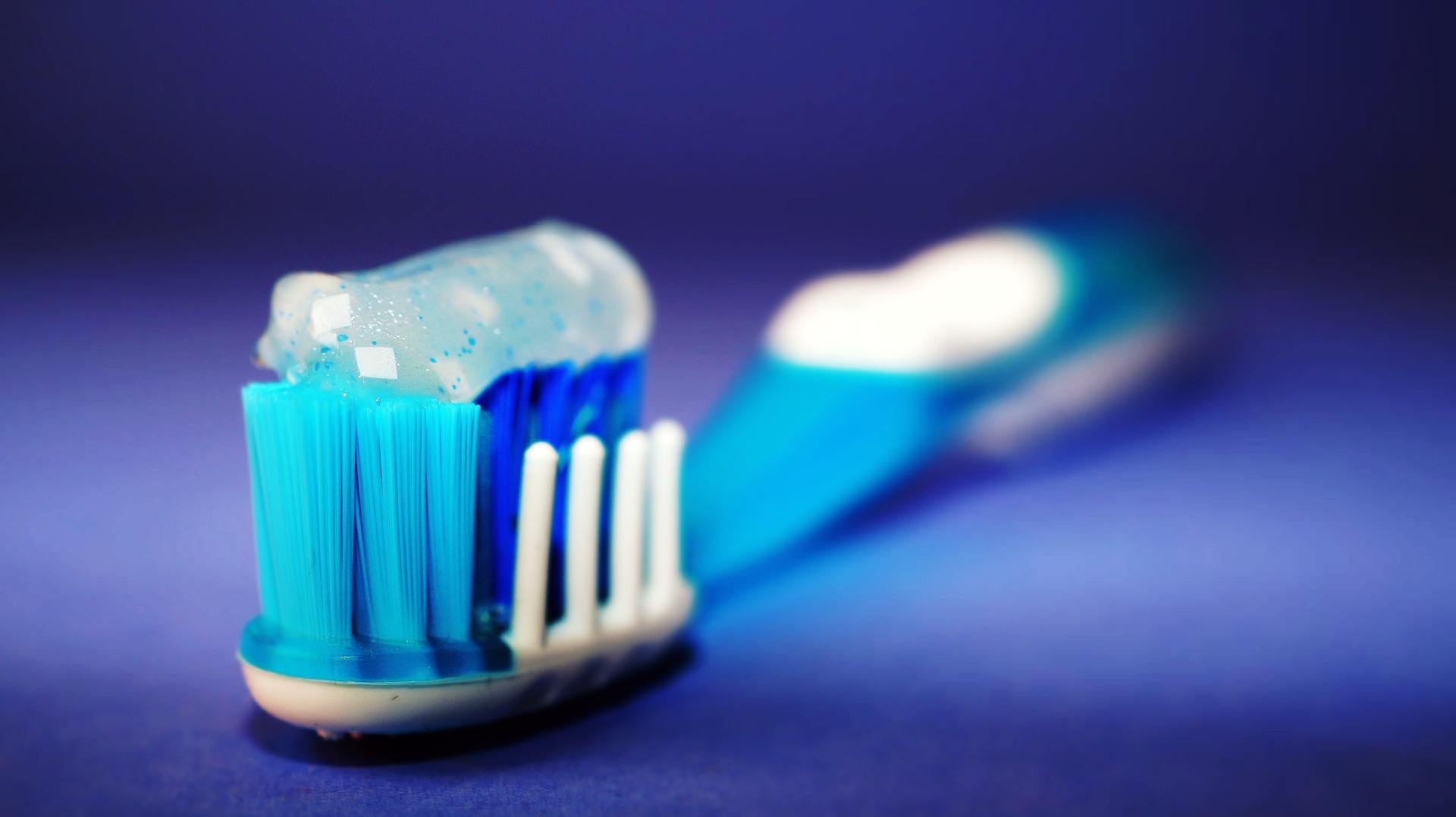Ear Dominance
- By Healthy Living Liberty Lake
- •
- 28 Sep, 2017
- •

Do you know that you have a dominant ear? Yes, it’s true. Most of us prefer to listen with our right ears than our left. And, what’s really interesting is that we are more likely to perform a favor when the request is made in the right eat instead of the left.
Not only do humans prefer to hear in the right ear, we actually hear information better in our right ears. In order to report from the left ear, the signal has to travel from the right auditory cortex, via the corpus callosum, to the language dominant area in the left temporal region.
In other words, if you listen with your right ear, the information goes directly to the listening center in the left side temporal region.
In other words, if you listen with your right ear, the information goes directly to the listening center in the left side of the brain and you only have to hear it once. However, if you listen with the left ear, the information goes to the right side of the brain. You must then send the information to the left side of the brain to actually understand it. This is an extra step.
If you are giving more than one instruction at a time, you can see how someone would have difficulty transferring what you told them. They might get the message scrambled, or they might miss the message completely.
But kids with ADHD are different. They are almost always left ear dominant, which can contribute to difficulty following instructions. Studies have shown that if you can get a child listening with the right ear instead of the left, their ability to learn will improve.
How is this done? Through sensory integration involving auditory and visual processing. There’s a program called SAVE - sensory-motor, auditory visual education – that has been successful. Parents and teachers have observed subjective changes of improved listening when the kids converted to right ear dominance.
And if you’re trying to make a point to your spouse, co-worker, or child? Make sure you’re talking into the right ear – you’ll be more likely to see results!
By Dr. Susan Ashley, M.D.

By Dr. Susan Ashley, MD

By Dr. Susan Ashley, MD

Opiates taken long term also leads to a reduced pain threshold, meaning a person on them will feel pain at a much earlier level than someone else.
There's a lot of interest now in using cannabis to reduce chronic pain, and studies have shown they can be quite effective for neuropathy, migraines, spasticity and joint pain.
However, it doesn't always work, and now a new study shows why.
Then at the end of the 4 years, the people who used cannabis for pain had greater pain severity scores They also found that the meds and other remedies taken for pain were less likely to be effective. In addition, they had greater generalized anxiety disorder severity scores. The bottom line-- the cannabis users were not able to decrease the use of narcotics. Why?
Because of the well known fact that chronic narcotic use decreases pain threshold. In fact in some people the threshold becomes so low that even minor pains can seem intolerable. In essence, the narcotics cancel the pain relieving effects of the cannabis.
Chronic opiates should be avoided as much as possible in chronic pain. Tolerance develops quickly, addiction can occur, and pain threshold is lowered. If you have chronic pain, use other modalities first to try to alleviate the pain. This includes cannabis, acupuncture, anti-inflammatory drugs, weight loss, energy medicine, and stem cells. We have used IV stem cells for reduction of neuropathy pain with good effects.
By Dr. Susan Ashley, MD

Not only that, but those who walked at a fast pace reduced their risk of death even further, by 24 percent.
All it took was putting one foot in front of the other a little more quickly!
And when the researchers zeroed in on cardiovascular disease deaths among participants over age 60, the results were even more striking.
Compared to the slowest walkers, average-paced walkers slashed their risk of dying from cardiovascular disease by 46 percent -- and the fast-paced walkers slashed it by a whopping 53 percent.
Now, the study didn't determine exactly how walking at a faster pace can add years to your life. And how fast do you have to walk just to hit the "average" mark? How brisk is brisk?
In the study, a "fast" pace was defined as one that makes you slightly out of breath or sweaty when sustained. That could vary depending on how much you weigh, how much sleep you got, how much you ate earlier in the day, etc. So there was no exact speed such as 3 mph or 4 mph.
By Dr. Susan Ashley, MD

By Dr. Susan Ashley, MD

Side effects of triclosan include:
- About 1/2 cup coconut oil
- 2-3 Tablespoons of baking soda
- 2 small packets of stevia powder
- 15-20 drops of peppermint or cinnamon essential oil
- 10 drops myrrh extract (optional)
Natural Toothpaste Instructions
- Melt or slightly soften coconut oil.
- Mix in other ingredients and stir well. If using semi-hard coconut oil, use a fork, if not, use a spoon. If you are using completely melted coconut oil, you will need to stir several times while the mixture cools to keep the baking soda incorporated.
- Put mixture into small glass jar (I make different ones for each family member)
- Let cool completely.
- To use: dip toothbrush in and scrape small amount onto bristles. Could also use a small spoon to put on toothbrush.
By Dr. Susan Ashley, MD

By Dr. Susan Ashley, MD

By Dr. Susan Ashley, MD

By Dr. Susan Ashley, MD

By Dr. Susan Ashley, MD
